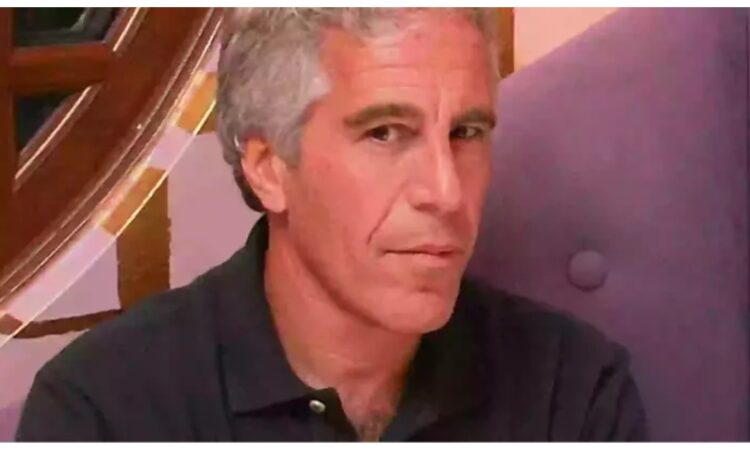
Jeffrey Epstein, the wealthy financier and convicted sex offender, died by suicide in August 2019 while being held in a New York federal jail.
At the time, he was awaiting trial on serious charges related to sex trafficking of minors. Epstein had pleaded not guilty to the charges and was being held at the Metropolitan Correctional Center in Manhattan. He was 66 years old when he was found unresponsive in his cell.
The circumstances surrounding Epstein’s death quickly became a major source of public controversy. Although the official ruling from the New York City medical examiner was that he died by suicide through hanging, his lawyers questioned this conclusion and launched their own investigation.
Many members of the public, along with some public figures, expressed doubts and speculated that Epstein may have been killed to prevent him from exposing high-profile individuals allegedly connected to his criminal activities.
In a more recent revelation, author Michael Wolff has claimed that he was the last person to receive a message from Epstein before his death.
Wolff, who has written multiple books on political figures including Donald Trump, said in an interview that he had asked Epstein how he was doing, and through one of Epstein’s lawyers, received a response that read: “Still hanging around.” This message arrived on a Friday evening, and Epstein was found dead early the next morning.
The eerie choice of words in that final message has raised even more questions. Podcast host Joanna Coles asked Wolff if he thought Epstein was sending a hidden or coded message, but Wolff dismissed that idea.
He said that Epstein often used sarcasm and had a dark sense of humor. In his view, the remark was simply in line with Epstein’s usual personality—ironic, maybe even flippant—but not necessarily a cry for help or a veiled warning.
Over the years, there has been no shortage of conspiracy theories suggesting that Epstein possessed a so-called “client list” filled with powerful and influential people who might have been involved in or complicit with his crimes.
The theory implies that Epstein may have used this information to blackmail others and that his death was intended to silence him.
However, a formal investigation by both the Department of Justice and the FBI later concluded that no such client list was ever found. The investigation also stated that there was no credible evidence that Epstein blackmailed prominent individuals or kept records for that purpose.
The FBI’s findings clarified that after a thorough review of Epstein’s records, communications, and seized materials, there was nothing that could justify launching a criminal case against any uncharged third parties.
Despite these findings, the public’s trust in the case remains fractured, in part because of the secrecy that has long surrounded Epstein’s associations and the mishandling of his incarceration.
For example, the night of Epstein’s death, guards failed to perform regular checks on his cell, and the surveillance cameras in the area were either malfunctioning or did not record properly—further fueling public suspicion.
Kash Patel, a former prosecutor and government official, weighed in on the issue and supported the suicide ruling. Patel said that having worked in the prison system himself, he recognized the signs and believed that Epstein had indeed taken his own life. He acknowledged that some people will always have doubts, but from a legal and procedural standpoint, he said the evidence pointed clearly to suicide.
Even years after his death, the Epstein case continues to stir emotions, raise suspicions, and generate public debate. While the government insists there is no hidden conspiracy or cover-up, many remain unconvinced, largely because of Epstein’s connections to wealthy elites, celebrities, and politicians. The idea that he might have been silenced to protect others still circulates widely, especially online. But as it stands, no solid proof has emerged to support those theories. Epstein’s final message, haunting as it is, remains a strange and unsettling detail in a case filled with unanswered questions.




